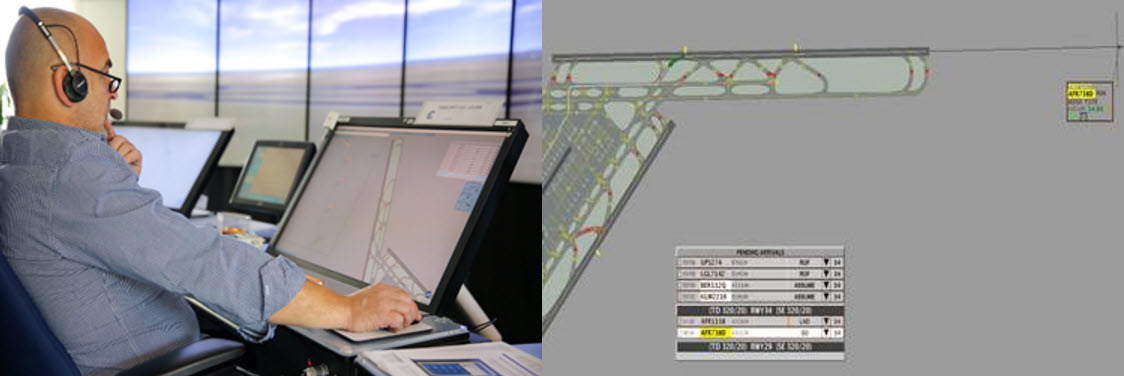MACHINE LEARNING HELPS RAISE CAPACITY FOR ARRIVALS
Wake turbulence separations ensure aircraft always remain within a safe operating envelop during approach and on the runway. At large and very large airports aircraft arrivals and their runway occupancy time (ROT) play a key part in determining airport capacity. SESAR research into arrival runway occupancy time (AROT) aims to improve prediction of AROT and runway exit, increasing airport efficiency and safety.
Through the development and deployment of enhanced runway throughput concepts based on wake separation reduction, SESAR is addressing simultaneously constraints caused by runway occupancy times and safety issues arising from related congestion. The concept is based on runway occupancy categorisation (ROCAT) criteria developed in SESAR wave 1 PJ.02-08-03 and as part of the Horizon 2020 SafeClouds project.
The candidate solution uses big data and machine learning techniques to develop more accurate predictions of AROT and runway exit based on aircraft characteristics such as aircraft type, weight, equipage and weather. The data is expected to improve offline analysis, together with continuous monitoring and improvement of the quality of AROT predictions during operations. Thanks to machine learning, the more accurate ROT predictions of the leader allows the controller to apply a reduction of the spacing using the optimised runway delivery (ORD) tool.
Dynamic pairwise runway separation for arrivals based on ground-computed AROT is expected to increase runway throughput capacity and resilience, by optimising separation/spacing on the final approach with potential positive impact on safety thanks to an accurate prediction of the runway exit.
BENEFITS
Increased runway throughput
Improved resilience
Potential for enhanced safety

